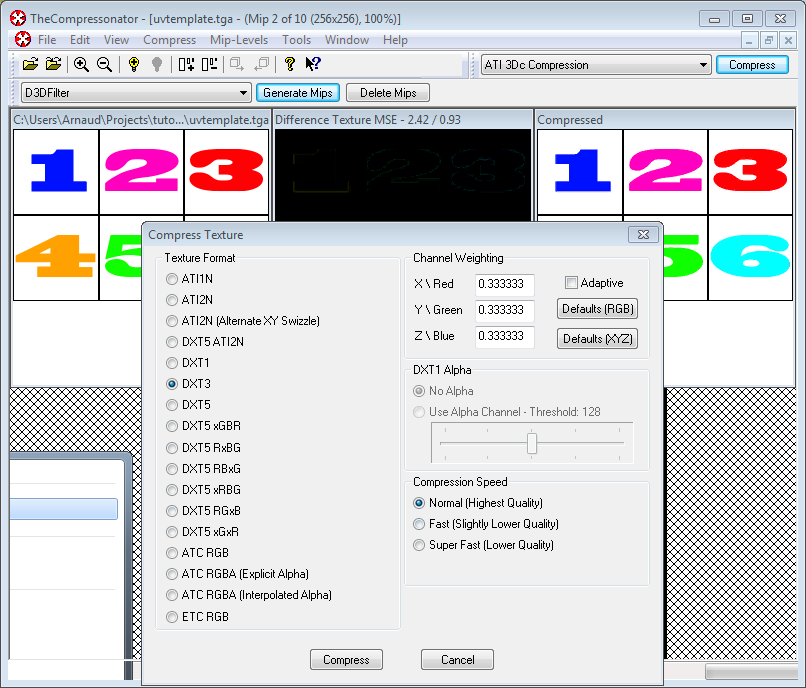

I found this very very useful, and I suggest (in particular for novice) to take a look at this. Was written by (also present in this forum). The architecture is very good, easy to understand and to take as example for implementations. I saw that was not so easy to find a complete tutorial covering all LWJGL usage, but I found one that I think it's one of the best that I found, because:ġ- Covers all usefult threads, from the basis to skeletal animation (that afaik It's a very hot topic but difficult to understand).ģ- Has a gitbook covering all topics and a maven project with all examples to download from git.

First versions of OpenGL employed a model which was called fixed-function pipeline. I'm developing with LWJGL since 4 months more or less (before I did some experiments with pure OpenGL). The sequence of steps that ends up drawing a 3D representation into your 2D screen is called the graphics pipeline.


 0 kommentar(er)
0 kommentar(er)
